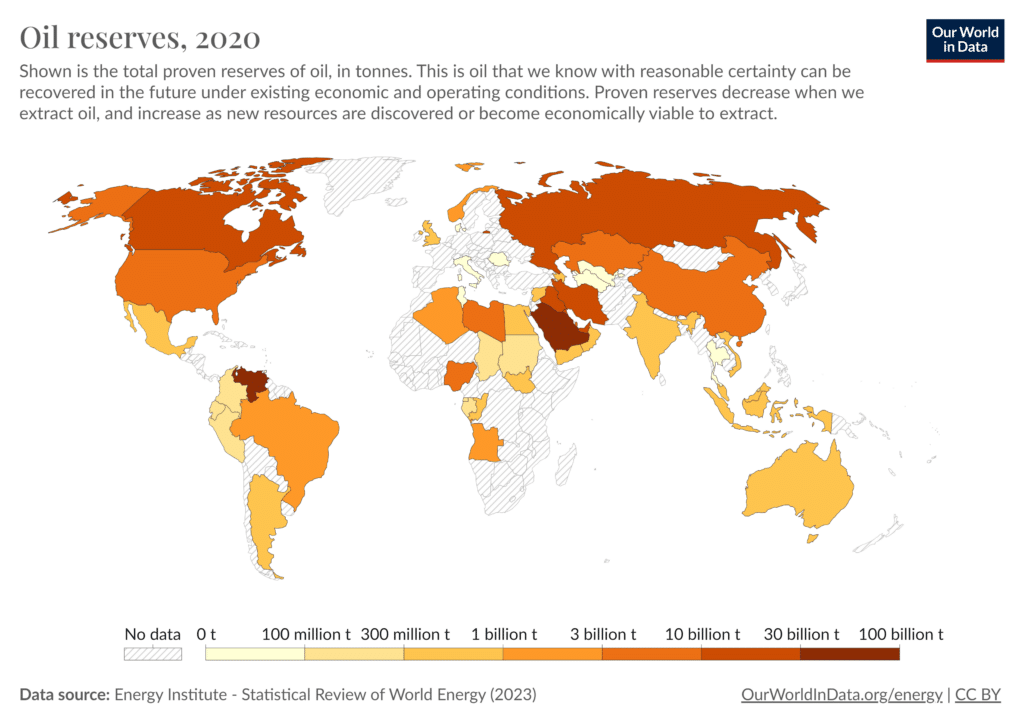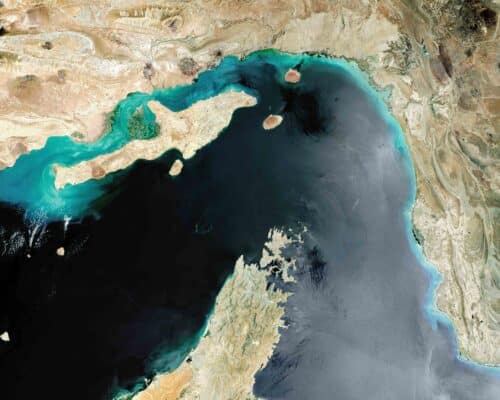The Difference Between Renewable And Non-renewable Sources of Energy
Source: Clean Energy Ideas
14 February 2024 – by Eric Koons Comments (5)
The global energy landscape relies on two types of natural resources: renewable and non-renewable sources of energy.
Historically, the world has relied on non-renewable energy sources to produce energy, which powered the Industrial Revolution. These non-renewable sources are known as fossil fuels, which include oil, natural gas and coal.
On the other hand, renewable energy sources have seen massive growth over the last decade. Governments, international organisations and large portions of the global population see renewables as the future of the world’s energy supply. Examples of renewable energy source include solar power, wind and hydroelectric energy.
So, what are the primary differences between renewable and non-renewable sources of energy, and what makes renewables better for the future?
Top 10 Differences Between Renewable and Non-renewable Energy Sources
Following are the top 10 differences between renewable and non-renewable energy sources:
1. Supply
Renewable energy sources are virtually infinite and do not deplete over time.
However, non-renewable energy sources are finite and decrease as we use them. There are a set number of non-renewable energy sources available for human consumption. For example, based on current consumption rates, the planet’s oil supply will run out in about 47 years.
2. Formation
Renewable resources can form in a relatively short period. This is often reliant on weather patterns and location, but in many cases, the sources are accessible daily. For example, solar energy primarily relies on a lack of cloud cover, and there are parts of the United States with over 4,000 hours of sunshine per year – an average of 11 hours daily.
Non-renewable resources take millions of years to form. They primarily consist of ancient organic matter (plants and animals) that is compressed and heated over millions of years. This slow chemical process produces oil, coal or natural gas depending on the type of matter, heat and pressure conditions and the type of surrounding rock.

3. Accessibility
Renewable energy sources are available virtually anywhere on Earth. Yes, some regions have better access, but typically, at least one type of renewable energy is accessible in every region.
This is not the case with non-renewable resources, which are location-specific. The formation of fossil fuels requires specific conditions, so they are often found in large pockets or “fields”. For example, Saudi Arabia has oil fields that account for 16.2% of the world’s total oil reserves. Alternatively, a country like Japan has almost no oil reserves. This gives a substantial geopolitical influence to Saudi Arabia and other oil-producing nations, making oil-importing countries reliant on them.

4. Availability
Renewable energy is inherently reliant on seasonal and climate variation. If there is no wind blowing, there is no wind energy to capture, and if there is no sun shining, there is no solar energy to capture. This unpredictability is one of the major concerns regarding renewable energy. Yet, energy storage systems and options like green hydrogen can play a role in reducing this issue.
Non-renewable resources are not reliant on short-term conditions and remain accessible regardless of weather and climate patterns. This makes them desirable for many industries that require continual on-demand energy, like steel and cement production.
5. Environmental Impact of Renewable Resources and Fossil fuels
Renewable energy sources have minimal environmental impact. Their primary impacts are related to infrastructure production, transportation and installation. After installation, they produce little-to-no greenhouse gas emissions. This is one of the main reasons they will play an essential role in the world’s future energy mix.
In contrast, non-renewable energy produces large quantities of greenhouse gases and pollution throughout its life cycle. Fossil fuels are the leading cause of climate change and have led to the highest rate of atmospheric carbon dioxide in the last 5 million years.
6. Area Requirements
Renewable energy installations, like solar farms and wind parks, typically require more space to generate electricity than conventional non-renewable energy facilities. However, their location is also more variable. They can be placed on non-arable lands or integrated into existing structures, such as rooftop solar panels.
7. Electricity Generation from Renewable and Non-renewable Resources
Once renewable energy is produced, it can be immediately tied into the grid or used to power a single building. This allows on-site renewable energy generation and off-grid facilities to power hard-to-reach areas.
Alternatively, non-renewable energy has a long journey before it is used as electricity. It has to be transported to a refining facility, refined and then burned in a power plant to produce electricity. This electricity then goes through the grid to the end user.
8. Initial Costs
Up-front costs are often higher for renewable energy compared to non-renewable energy. This is primarily because it is a relatively new technology compared to fossil fuel facilities that have been widely used for over 100 years.
However, these prices are rapidly declining as technology improves and adoption spreads. For example, solar PV modules used to cost about USD 5 per watt in 2000 but are less than USD 1 today.

9. Maintenance Costs
Renewable energy systems generally have lower maintenance and operational costs than non-renewable energy systems. This is primarily due to the complex supply chains for non-renewable energy that require extraction, transportation and refining. Renewables cut out a majority of this system and instead often tap directly into the energy grid and primarily only require predictable maintenance.
10. Long-term Outlook
The renewable energy sector is rapidly expanding based on growing global support. The International Energy Agency (IEA) predicts renewables will account for 80% of new power generation capacity by 2030.
On the other hand, non-renewable resources will decline, with the world’s fossil fuel demand peaking in 2030. This is largely a result of favourable renewable energy policies, improving renewable energy efficiency and declining renewable energy projects costs. Already, renewable energy is cost-competitive with fossil fuels.
Navigating the Energy Transition: Renewables vs Non-renewables
Both these resources, renewable and non-renewable energy, currently play integral roles in powering the global economy. However, the shift towards renewable energy sources is crucial for reducing the impacts of global warming and ensuring a sustainable future.
The transition to a predominantly renewable energy-based system is necessary to meet the Paris Climate Agreement’s net-zero emissions target of 2050. If the world fails to meet this target, we will experience progressively worsening impacts of climate change. This will lead to economic losses of USD 150-792 trillion by 2100 and pose significant human health risks.
A rapid energy transition away from fossil fuels is not a choice but a necessity to ensure a healthy future for the planet.
by Eric Koons
Eric is a passionate environmental advocate that believes renewable energy is a key piece in meeting the world’s growing energy demands. He received an environmental science degree from the University of California and has worked to promote environmentally and socially sustainable practices since. Eric’s expertise extends across the environmental field, yet he maintains a strong focus on renewable energy. His work has been featured by leading environmental organizations, such as World Resources Institute and Hitachi ABB Power Grids.
Read more






